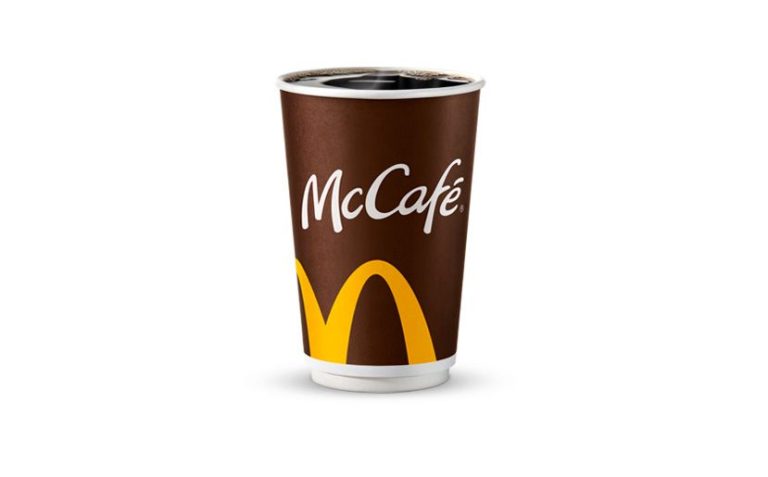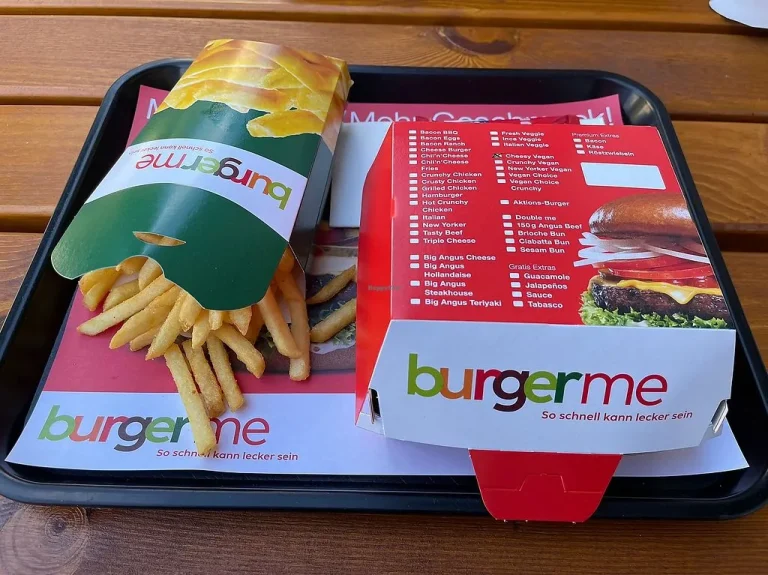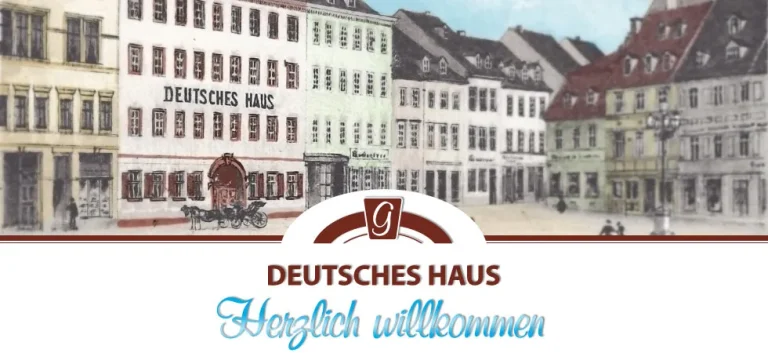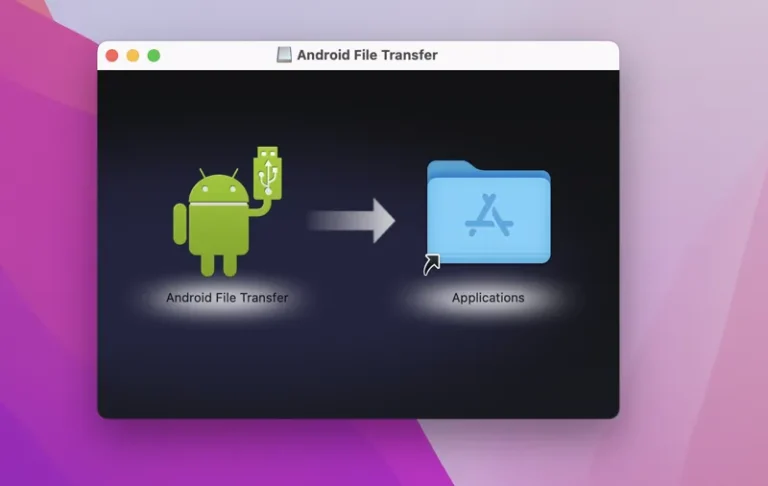How Many People Are Employed by McDonalds Globally?
Have You Ever Wondered How Many People Are Employed by McDonalds Globally? McDonald’s is more than just the world’s leading fast-food chain—it’s an employment powerhouse. With over 38,000 locations spanning more than 100 countries, McDonald’s global workforce is integral to its day-to-day operations.
From front-line restaurant workers to corporate executives, McDonald’s relies on millions of employees to serve its iconic burgers and fries to customers across the globe. We’ll explore how many people McDonald’s employs worldwide, the critical roles within the company, and how McDonald’s franchise model plays into its employment structure. If you’ve ever wondered just how big McDonald’s workforce is, read on for a comprehensive overview.
Table of Contents
McDonald’s Global Presence: A Snapshot
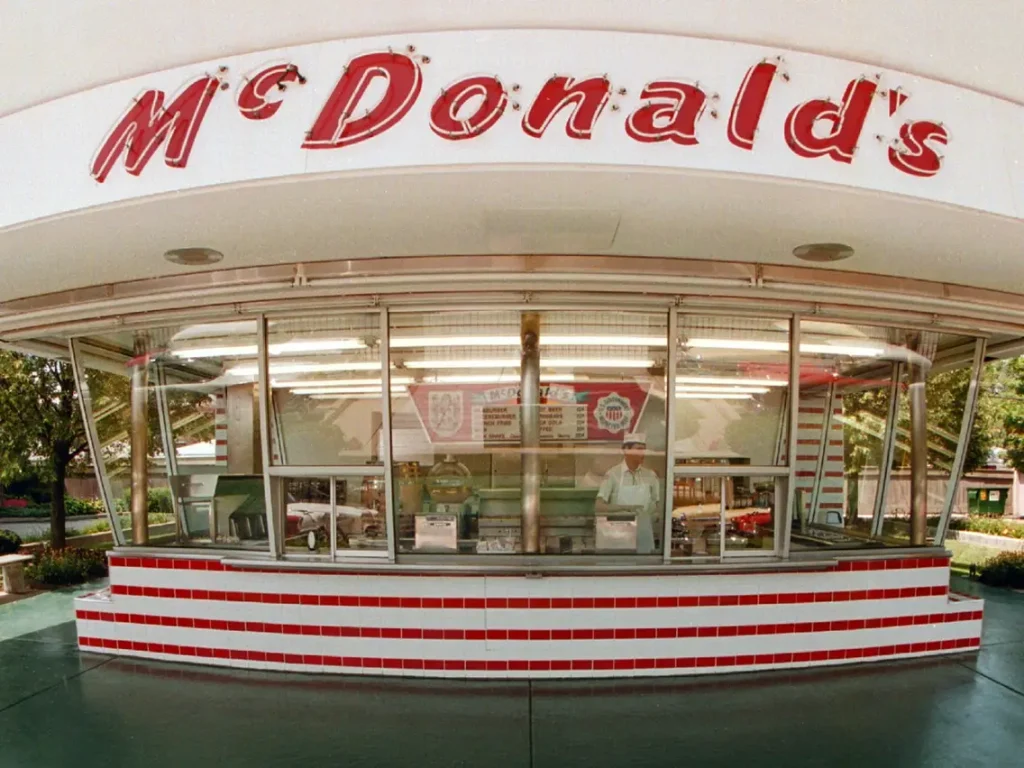
McDonald’s is not only known for its Big Macs, fries, and iconic golden arches but also for its sheer size. Operating in more than 100 countries, the company’s expansion is impressive and practical, making McDonald’s a central part of local and global economies.
McDonald’s relies on a diverse workforce to keep its vast network running smoothly. This workforce ranges from hourly front-line staff at local restaurants to management teams, corporate staff, and international logistics professionals. In every corner of the world, McDonald’s employees play an essential role in its success.
McDonald’s Global Workforce: A Massive Employment Engine
Operating on such a vast scale, it’s no surprise that McDonald’s employs a staggering number of people. The company’s most recent statistics reveal that McDonald’s and its franchisees employ approximately 1.9 million people worldwide. This number includes corporate employees and those working in franchise-owned locations, the latter making up more than 90% of McDonald’s restaurants globally. With its expansive global presence, McDonald’s is one of the largest private employers in the world.
How Does McDonald’s Employ So Many People?
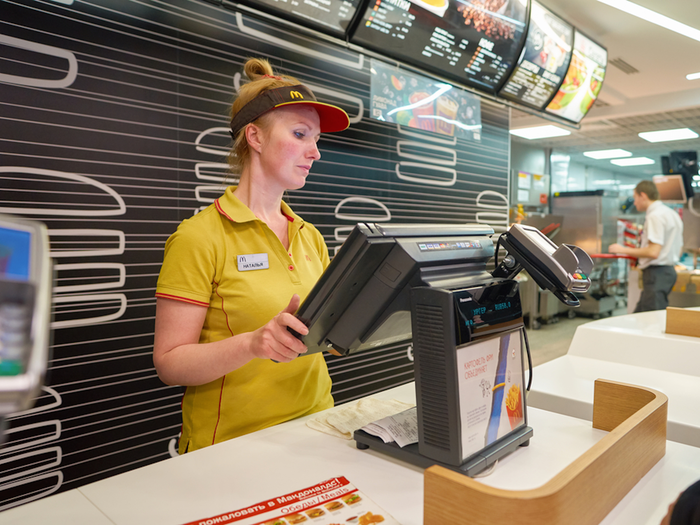
McDonald’s workforce is structured to meet the needs of its vast network of restaurants. The company operates through a combination of corporate-owned locations and franchises, with the majority being franchise-owned. In franchise-owned locations, employees are hired and managed by independent franchisees, but they still uphold the McDonald’s brand’s core values and customer service standards.
This structure allows McDonald’s to employ a large and diverse workforce, ranging from entry-level crew members to experienced restaurant managers and corporate professionals. Whether it’s a small location in a rural town or a flagship restaurant in a bustling city, each McDonald’s store is staffed with employees who contribute to its success.
Franchise vs. Corporate Employment Structure
| Attribute | Description |
| Franchise Model | Operates under a franchise system with over 90% of locations run by independent owners. |
| Total Locations | More than 38,000 McDonald’s restaurants globally. |
| Corporate-Owned Locations | Less than 10% of McDonald’s locations are directly managed by the corporation. |
| Franchise Workforce | Employees are typically hired and managed by individual franchise owners. |
| Employee Representation | All employees, franchise-based or corporate, represent the McDonald’s brand. |
Key Roles at McDonald’s
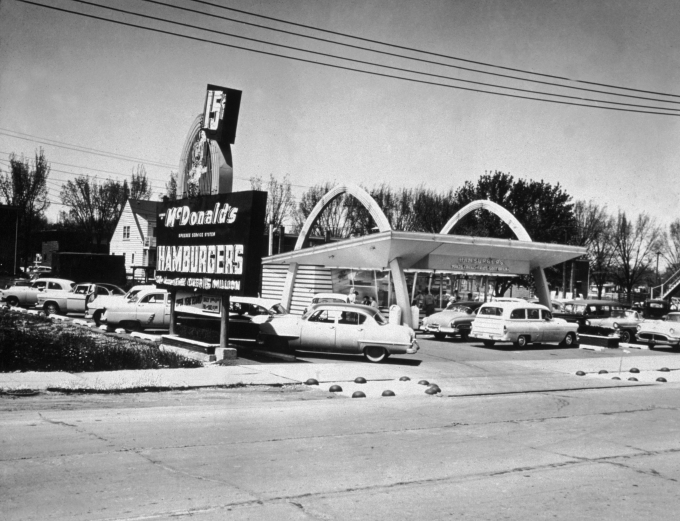
From entry-level positions to leadership roles, McDonald’s offers various job opportunities. Let’s take a look at some of the critical roles within the company:
- Crew Members:
Crew members are the face of McDonald’s, interacting with customers and preparing food. These entry-level positions are the backbone of McDonald’s operations, ensuring customers receive fast and friendly service.
- Shift Managers and Store Managers:
Shift managers oversee day-to-day operations in the restaurant, while store managers are responsible for the overall performance of their location. These roles require strong leadership skills and the ability to manage employee and customer needs.
- Corporate Roles:
Corporate employees handle the strategic and operational aspects of McDonald’s business. These positions include marketing, finance, human resources, IT, and more, all working together to support the company’s global operations.
McDonald’s Role in the Global Economy
As one of the world’s largest employers, McDonald’s plays a crucial role in the global economy. The company provides jobs to millions of people, contributing to economic growth in developed and developing countries. Moreover, McDonald’s corporate social responsibility programs, such as Ronald McDonald House Charities, support local communities and further strengthen the company’s positive impact on society.
McDonald’s Employment Trends: What’s Next?
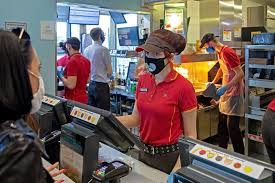
The landscape of employment at McDonald’s is constantly evolving. Here are some notable trends:
- Automation and Technology Integration:
McDonald’s has heavily invested in technology in recent years. Self-order kiosks, digital menu boards, and mobile apps have streamlined the customer experience. While this may reduce the need for certain positions, it has also created new roles in technology management and customer service support.
- Sustainability Initiatives:
As part of its global commitment to sustainability, McDonald’s is pushing for more environmentally friendly operations. This includes hiring more experts in supply chain management, sustainability consulting, and green energy to reduce the company’s carbon footprint and improve sustainability.
- International Growth:
McDonald’s continues to expand in emerging markets, particularly in Asia, Africa, and Latin America. This growth creates new employment opportunities, especially in countries where McDonald’s still has a strong foothold.
Employee Training and Development
| Attribute | Description |
| Hamburger University | Global leadership training program established in 1961. |
| Training Impact | Trained over 275,000 managers and franchisees worldwide. |
| Focus | Equips employees with skills in leadership and restaurant management. |
| Archways to Opportunity Program | Provides education resources, tuition assistance, and career counseling. |
| Goal | Helps employees pursue personal and professional aspirations. |
Employment Trends at McDonald’s: What the Future Holds
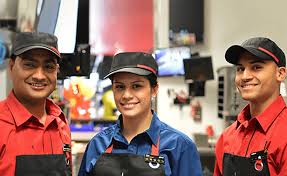
| Attribute | Description |
| Technological Evolution | Adoption of self-order kiosks and mobile apps. |
| Workforce Impact | Shift towards tech roles in management and data analysis. |
| Sustainability Focus | Commitment to reducing carbon footprint through eco-friendly practices. |
| Packaging Initiatives | Transitioning to sustainable packaging materials. |
| Job Creation | New positions in supply chain management and sustainability consulting. |
Frequently Asked Questions
How Many People Are Employed by McDonald’s Worldwide?
As of the most recent data, 1.9 million people are employed by McDonald’s and its franchisees worldwide. This number fluctuates slightly due to seasonal hiring and store openings or closures, but McDonald’s remains one of the largest employers globally.
How Many of McDonald’s Employees Work at Franchise Locations?
Since over 90% of McDonald’s restaurants are franchised, the majority of McDonald’s employees work for franchisees rather than directly for the corporation. Franchisees manage their hiring, but all employees are considered part of the enormous McDonald’s system.
How Does McDonald’s Support Career Growth?
McDonald’s is well-known for its career development opportunities. Many employees start in entry-level positions and can work up to managerial or corporate roles. The company also offers training programs, such as Hamburger University, which provides education in management and leadership for employees looking to advance their careers.
What Benefits Do McDonald’s Employees Receive?
McDonald’s offers various benefits to its employees, including competitive wages, health insurance, retirement plans, and tuition assistance programs like Archways to Opportunity, which help employees further their education. Benefits vary based on location and position.
How Does McDonald’s Workforce Impact Local Economies?
McDonald’s significantly impacts local economies by creating jobs in small towns and large cities. Through its franchise model, McDonald’s empowers local entrepreneurs and contributes to economic growth in communities worldwide.
Conclusion
McDonald’s employs nearly 1.9 million people worldwide, making it one of the world’s largest employers. Through its franchise model, McDonald’s provides job opportunities to millions of people, from entry-level crew members to corporate executives.
With a solid commitment to employee development and sustainability, McDonald’s continues evolving as a fast-food giant and a major employer. Whether you’re interested in working at a local McDonald’s restaurant or pursuing a corporate career, the company offers a wide range of opportunities for growth and advancement.


